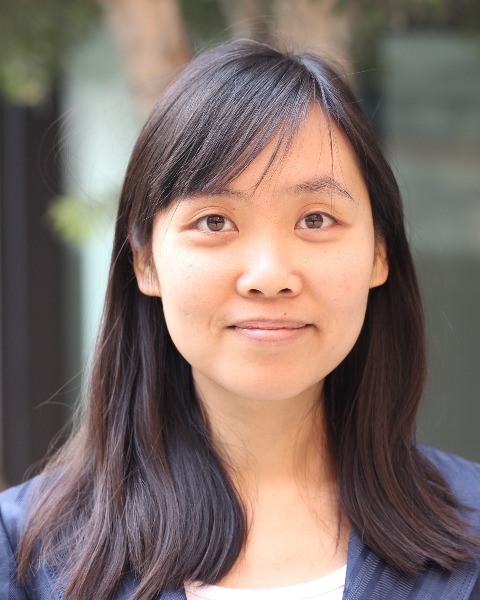Discovery and Basic Research
Symposium: Advanced Basic Research as the Bedrock of Pharmaceutical Science
Advanced Fluorescence Imaging for Novel mRNA-Lipid Nanoparticle Formulation Design
Wednesday, November 12, 2025
9:30 AM - 10:00 AM CT
Location: 303 AB

Juan Guan, PhD
Assistant Professor
University Of Texas At Austin
Austin
Speaker(s)
Self-assembly plays a critical role in nanoparticle-based applications. However, it remains challenging to monitor the self-assembly of multi-component nanomaterials at a single-particle level, in real-time, with high throughput, and in a model-independent manner. Here, we apply multi-color fluorescence microscopy to track the assembly of both liposomes and mRNA simultaneously in a clinical mRNA-based cancer immunotherapy. Imaging reveals that the assembly occurs in discrete steps: initially, RNA adsorbs onto the liposomes; then, the RNA-coated liposomes cluster into heterogeneous structures ranging from sub-micrometer to tens of micrometers. The clustering process is consistent with a Smoluchowski model with a Brownian diffusion kernel. The transition between the two steps of assembly is determined by the orientation of RNA-mediated interactions. Given the facile application of this approach and the ubiquity of the components studied, the imaging and analysis in this work is readily applied to monitor multi-component assembly of diverse nanomaterials.
Learning Objectives:
- Upon completion, participant will be able to identify the cutting-edge formulation strategies, especially in the context of mRNA delivery.
- Upon completion, participant will be able to determine whether advanced fluorescence imaging is suitable for their nanoparticle formulation characterization and what materials properties can be measured in their systems.
- Upon completion, participant will be able to describe the general underlying process of mRNA-lipid self assembly.

